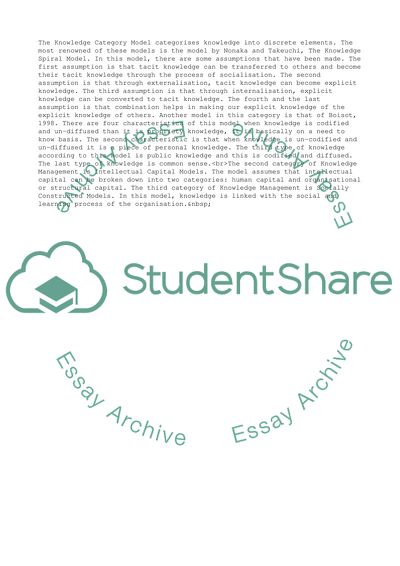Cite this document
(“Demerests Knowledge Management Model and Others Research Paper”, n.d.)
Demerests Knowledge Management Model and Others Research Paper. Retrieved from https://studentshare.org/management/1506766-knowledge-management-bachelor-essay
Demerests Knowledge Management Model and Others Research Paper. Retrieved from https://studentshare.org/management/1506766-knowledge-management-bachelor-essay
(Demerests Knowledge Management Model and Others Research Paper)
Demerests Knowledge Management Model and Others Research Paper. https://studentshare.org/management/1506766-knowledge-management-bachelor-essay.
Demerests Knowledge Management Model and Others Research Paper. https://studentshare.org/management/1506766-knowledge-management-bachelor-essay.
“Demerests Knowledge Management Model and Others Research Paper”, n.d. https://studentshare.org/management/1506766-knowledge-management-bachelor-essay.


